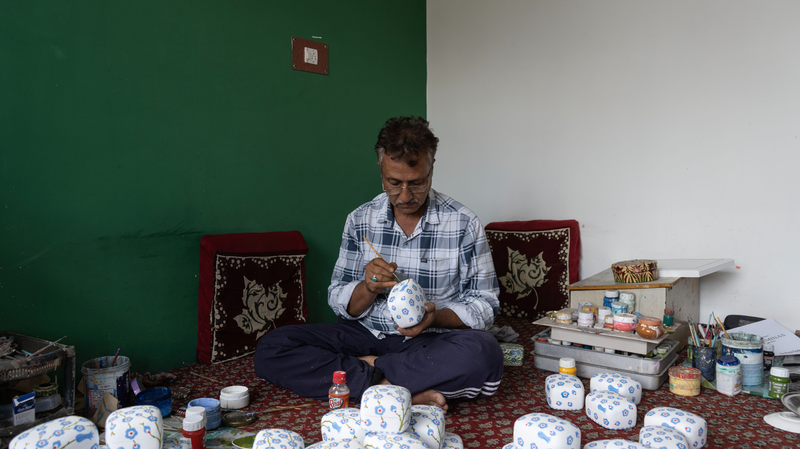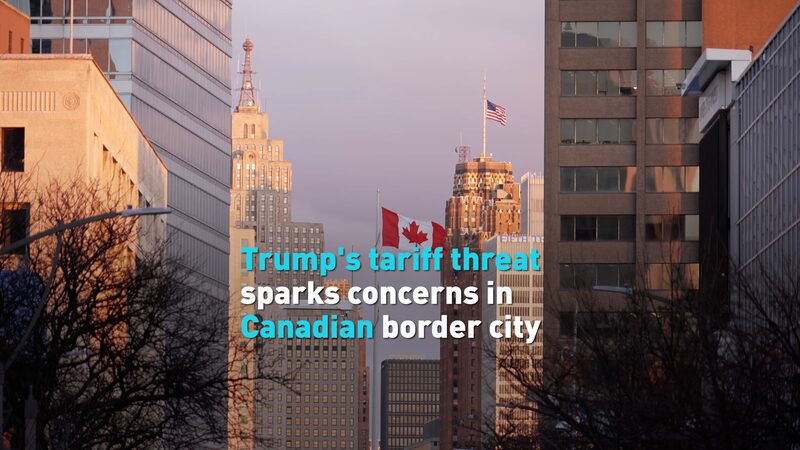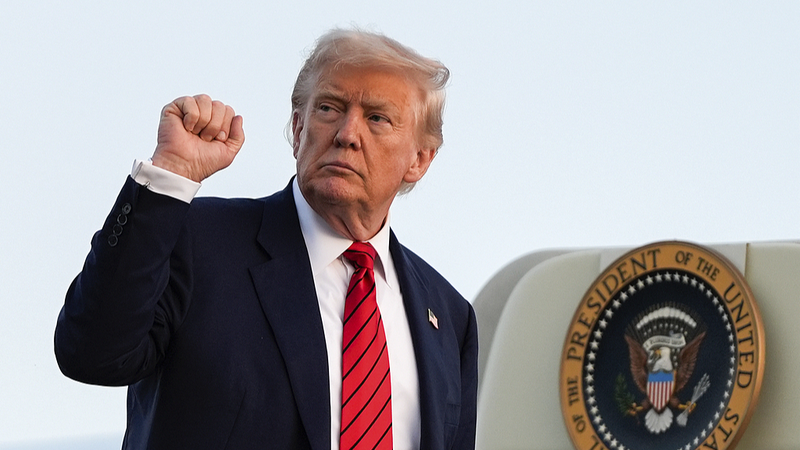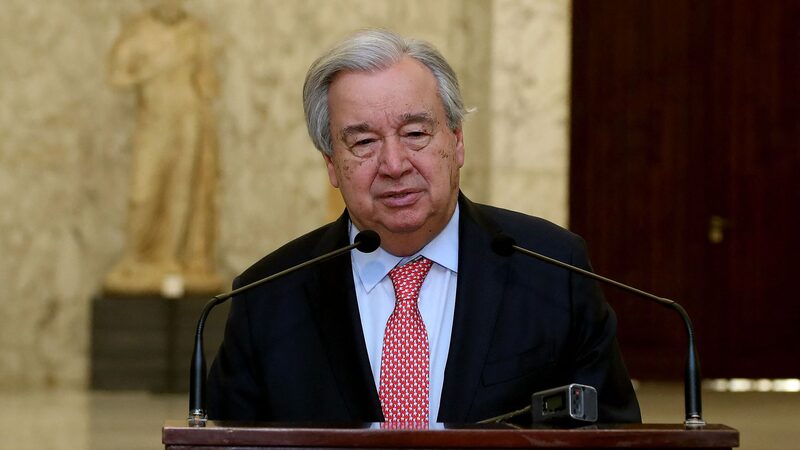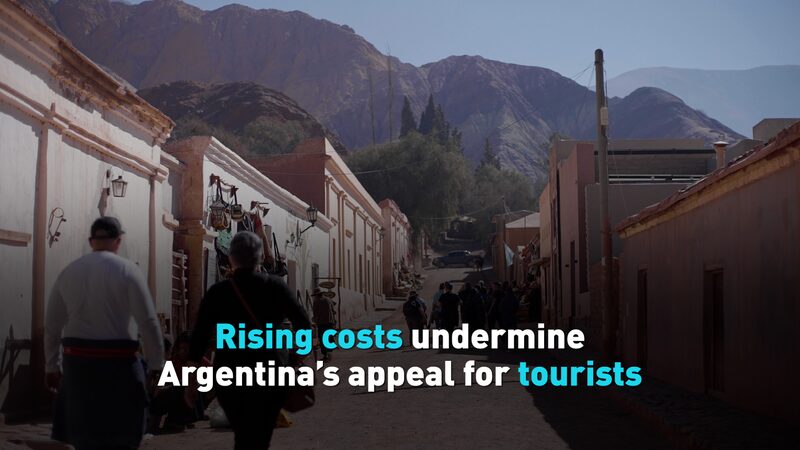In the quiet neighborhood of Wantpora, Srinagar, Manzoor Ahmad Sofi carefully rolls a handwoven carpet—a craft he has perfected over five decades. Today, his weathered hands pause as he contemplates an uncertain future for Kashmir’s storied handicraft industry, now under threat from a 50% U.S. tariff on Indian goods.
Once the economic lifeline of Indian-administered Kashmir, the region’s handicraft sector—renowned for intricate carpets, shawls, and woodwork—faces unprecedented challenges. Artisans like Sofi warn that rising export costs could erase centuries-old traditions and destabilize livelihoods for over 100,000 workers.
"Our carpets carry the soul of Kashmir," Sofi says, gesturing to vibrant patterns symbolizing local heritage. "But with these tariffs, foreign buyers are disappearing. Younger generations see no future here."
Industry analysts note that U.S. tariffs, part of broader trade tensions, have already reduced orders by 40% since 2023. The decline risks reversing decades of cultural preservation efforts and economic growth in a region where handicrafts contribute nearly 30% to local GDP.
Local authorities have appealed for federal support, proposing subsidies and global marketing campaigns. Yet artisans remain skeptical. "Machines can’t replicate our art," Sofi insists. "But without markets, even skill can’t survive."
Reference(s):
U.S. 50% tariff threatens handicrafts in Indian-administered Kashmir
cgtn.com
